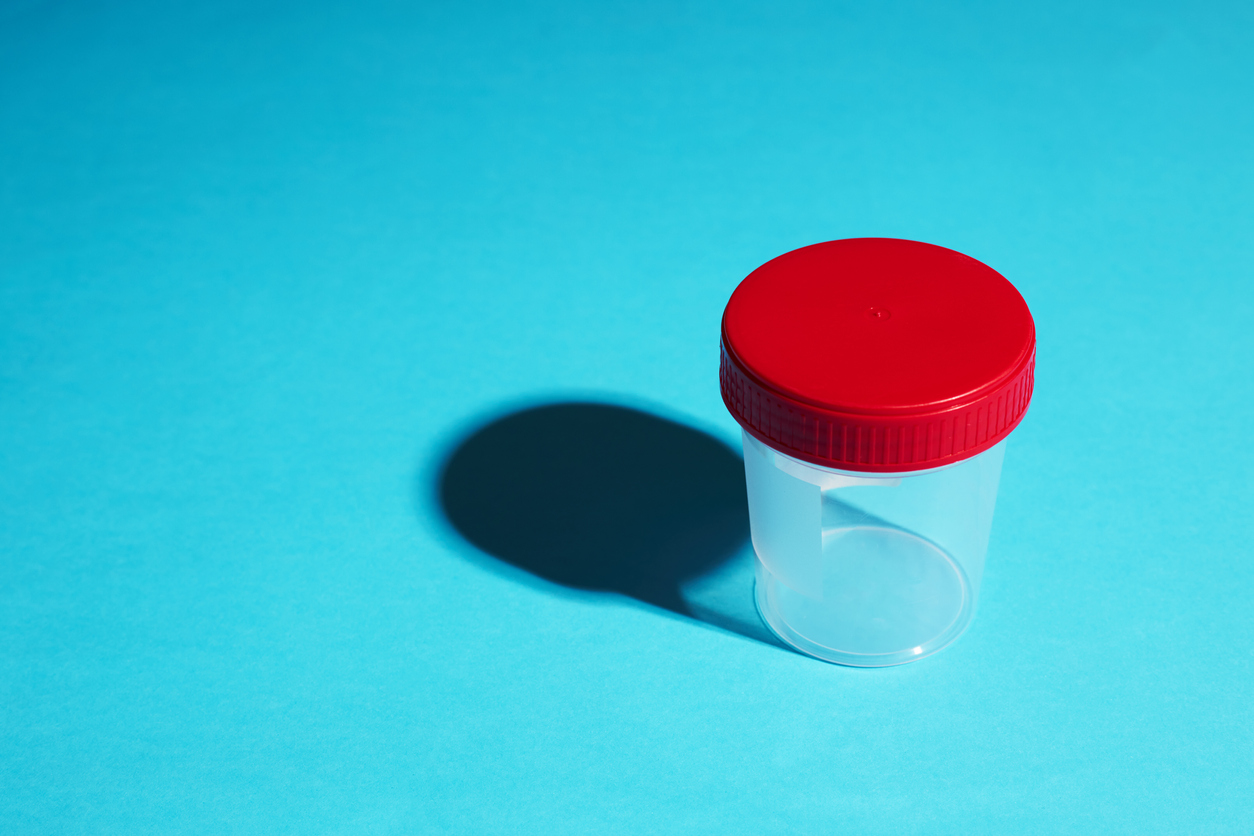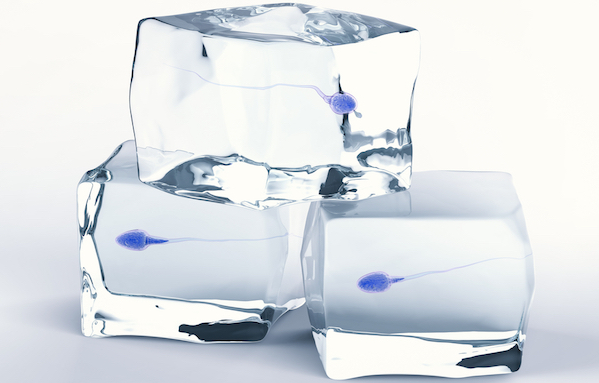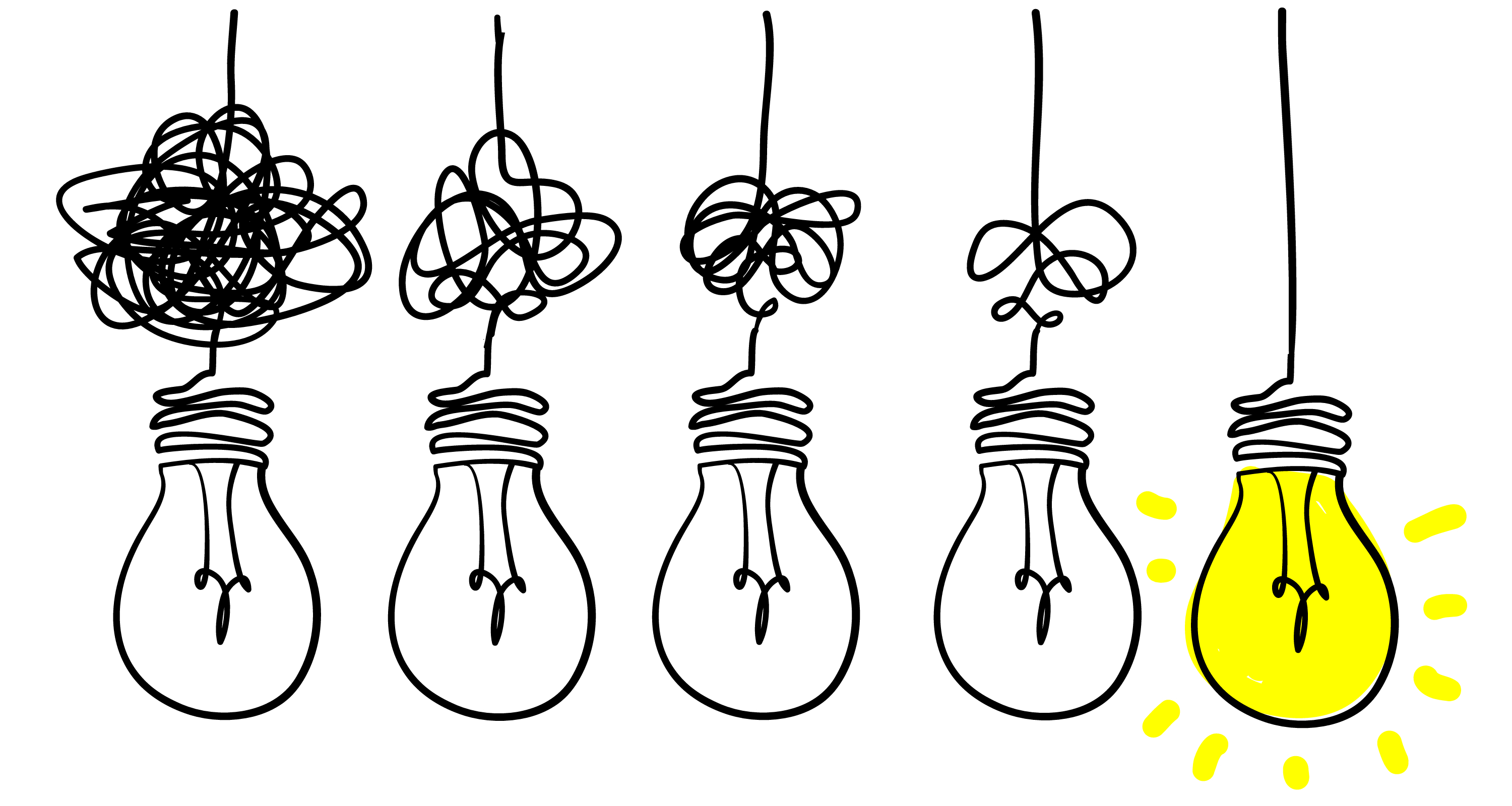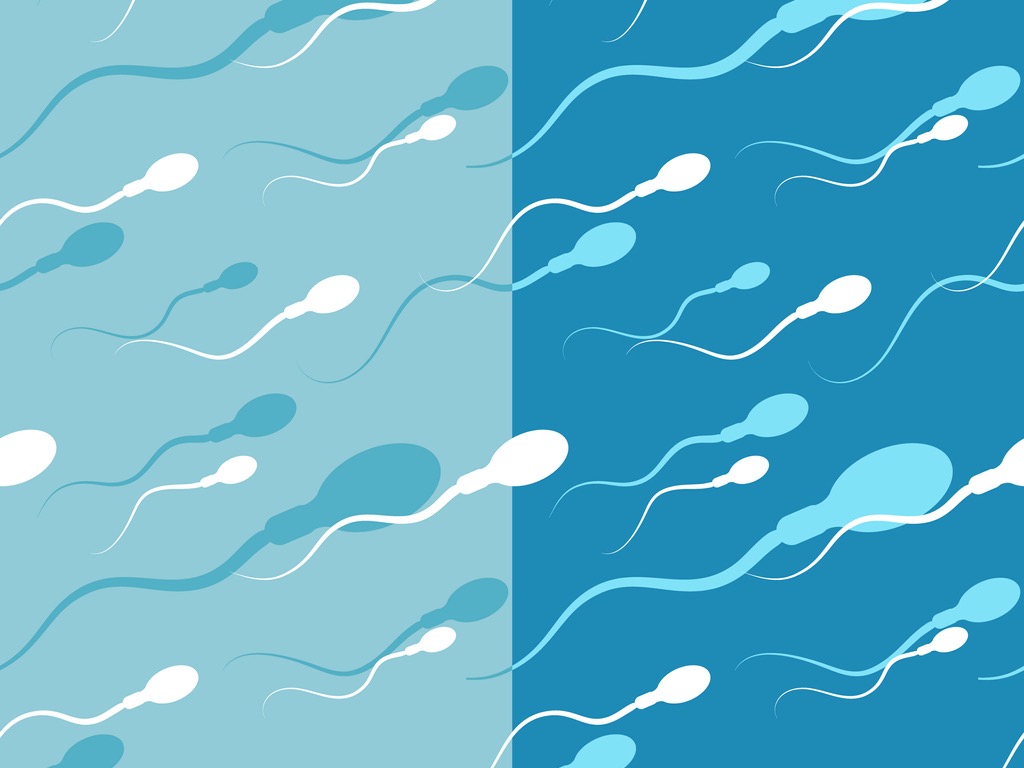How do you produce the sample?
- Masturbation is the usual way. It will require you to stimulate your penis until you ejaculate into a cup. Do not use lubricant or saliva because it can kill the sperm cells.
- For some men, masturbation may be challenging because of pain and/or the cancer itself. If you’re unable to produce a sperm sample, there are other options for sperm retrieval. These methods can be used for men who are unable to have an erection, cannot masturbate for religious reasons and/or are unable to produce sperm. Click here to learn more about other ways to provide a sperm sample.
- After you have given a sample, the clinic will test the number of sperm (sperm count), how fast or slow the sperm is moving (sperm motility) and the shape of the sperm (sperm morphology). These results will help you and your team make a decision about how many more times you may need to bank. You should expect to receive these results that day or the next. For example, if the sperm count or motility is low, your team might decide that you should bank again to increase the chances that you will have enough healthy sperm when you need it. These decisions will also take into consideration the timeline of cancer treatment set out by your care team.
- After the sperm is tested, it will be frozen in liquid nitrogen.
- Liquid nitrogen keeps your sperm at a cool -196 degrees C. A small amount of cryoprotectant is added to the sample to help protect the sperm from injury during the freezing and eventual thawing process.
- If the idea of having to masturbate “on demand” at a fertility clinic feels awkward or embarrassing, here are some tips to make things a bit easier.
Need some tips and tricks?
- Use the clinic’s Wi-Fi to choose your own pornography. Sometimes the resources provided at the office are not suited to your preferences. By selecting the type of material or images that stimulate you, it can make it easier to provide a sample.
- Ask if your partner can come into the room with you. Having a helping hand may make the process feel like a team effort. Make sure that the sperm sample does not come into contact with bodily fluid from your partner, since this can contaminate the sample.
- Ask if you or a loved one can take the cup home. If you’re unable to go to a fertility clinic, often arrangements can be made to provide a sperm sample at the hospital or at home. A family member or friend can take the sample to the clinic for you. They’ll just have to keep it at body temperature. You can do this by holding the cup under your armpit or putting it in between your legs during the drive to the clinic. (It will be close to home in more ways than one!) If you are concerned about keeping the cup at body temperature, ask your clinic for suggestions.
- If at first you don’t succeed, try again. Sometimes all it takes is a second try. Ask the clinic if you can make another appointment in a couple of days.
- If you still are not able to provide a sperm sample, there are some other methods for retrieving sperm. These methods are also necessary if you have a medical condition that makes it difficult or impossible to masturbate.
- Some people might find that this practice conflicts with their religion or cultural values. Consult with your religious leader or other spiritual resources to better understand your options.
How much sperm do you need?
- You don’t need to fill the cup, but you’ll usually want to collect as many samples as you can before beginning cancer treatment. The number of times you will need to bank your sperm will depend on your treatment protocol as well as the quality of the sperm.
- Often multiple samples (2-6) are required and these can be done with 2 days between each collection. Usually each collection will be split into 1-6 vials of sperm that will be stored.
- Multiple samples are sometimes required so that you can be sure that you have enough healthy sperm to conceive when the time comes. Since sperm freezing can sometimes damage the sperm, banking multiple times is seen as best practice because it increases the odds of ending up with sperm that will result in a pregnancy.
- If you only have time to collect one sample, it is still a good idea to do it as one collection generally produces 20-150 million sperm. This is usually enough for use in assisted reproduction techniques, including intrauterine insemination (IUI) and IVF with or without intracytoplasmic sperm injection (ICSI) . The fertility clinic where you banked the sperm will advise you on which technique has the highest chances of conception depending on your sperm parameters.















